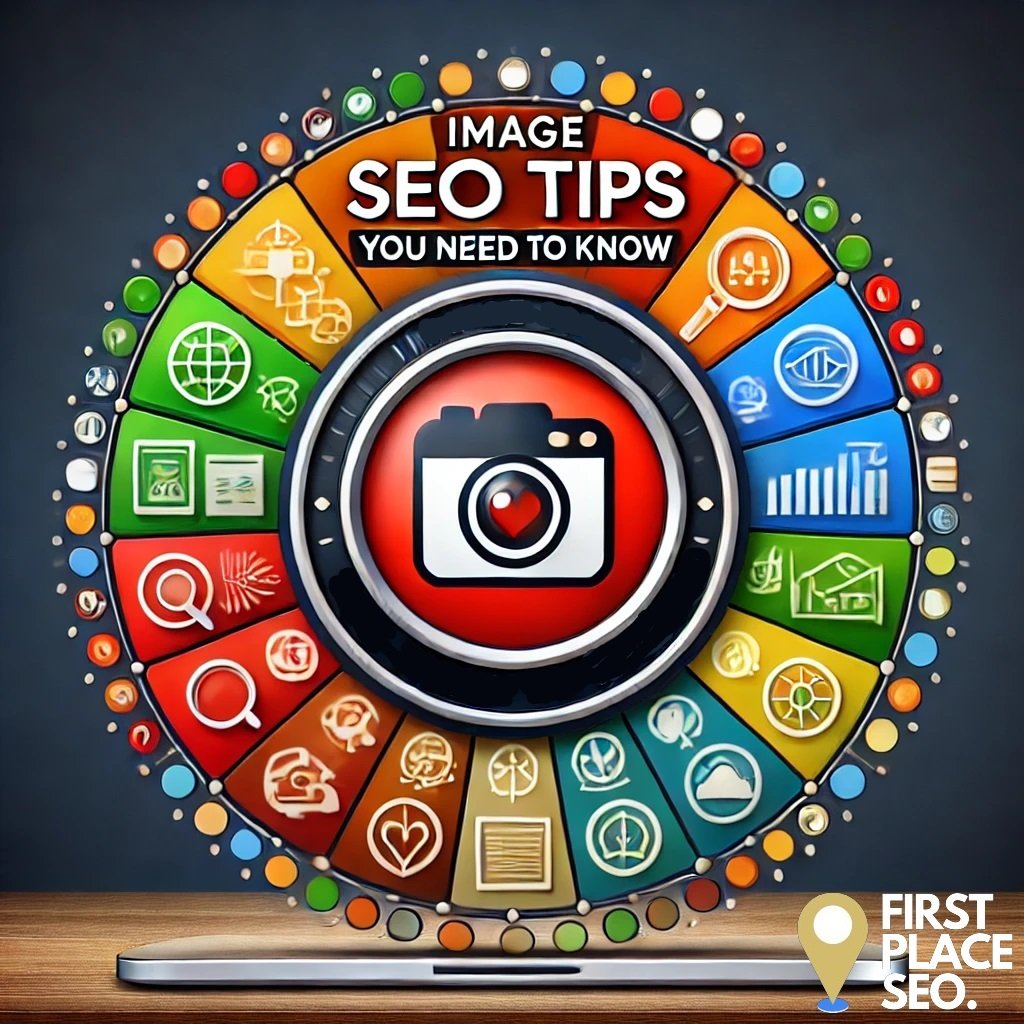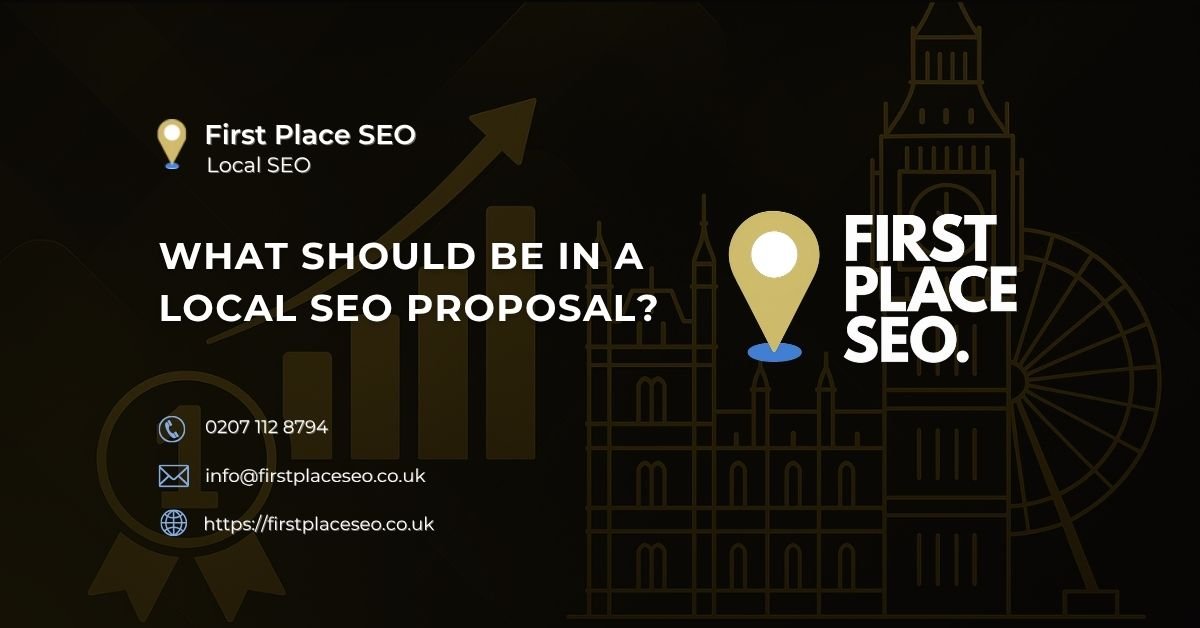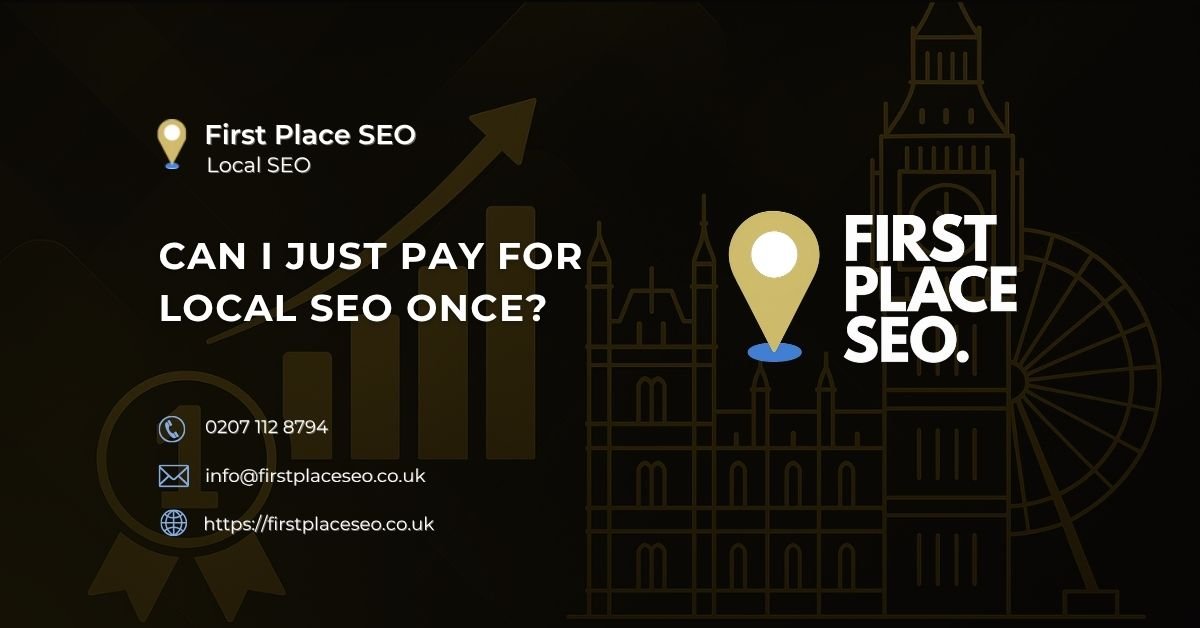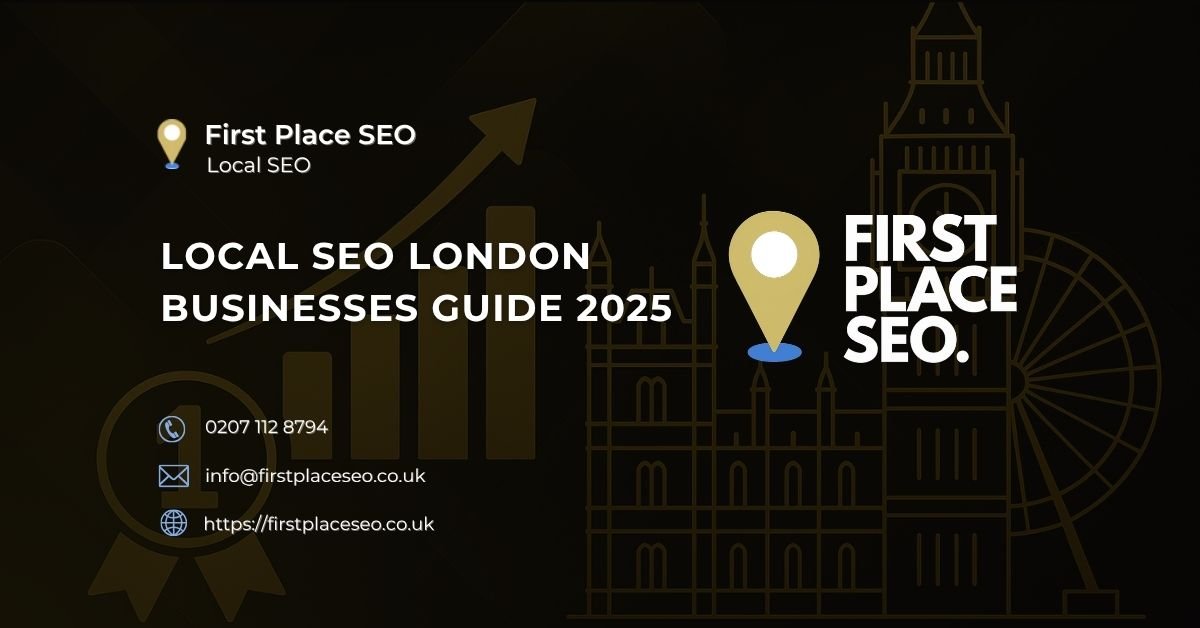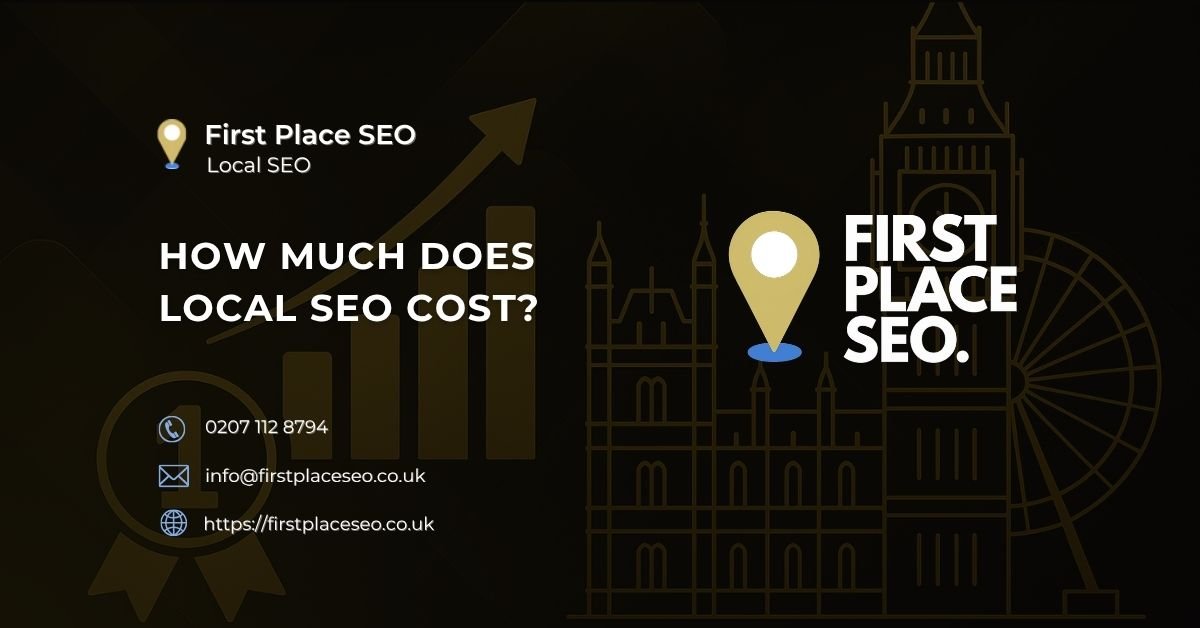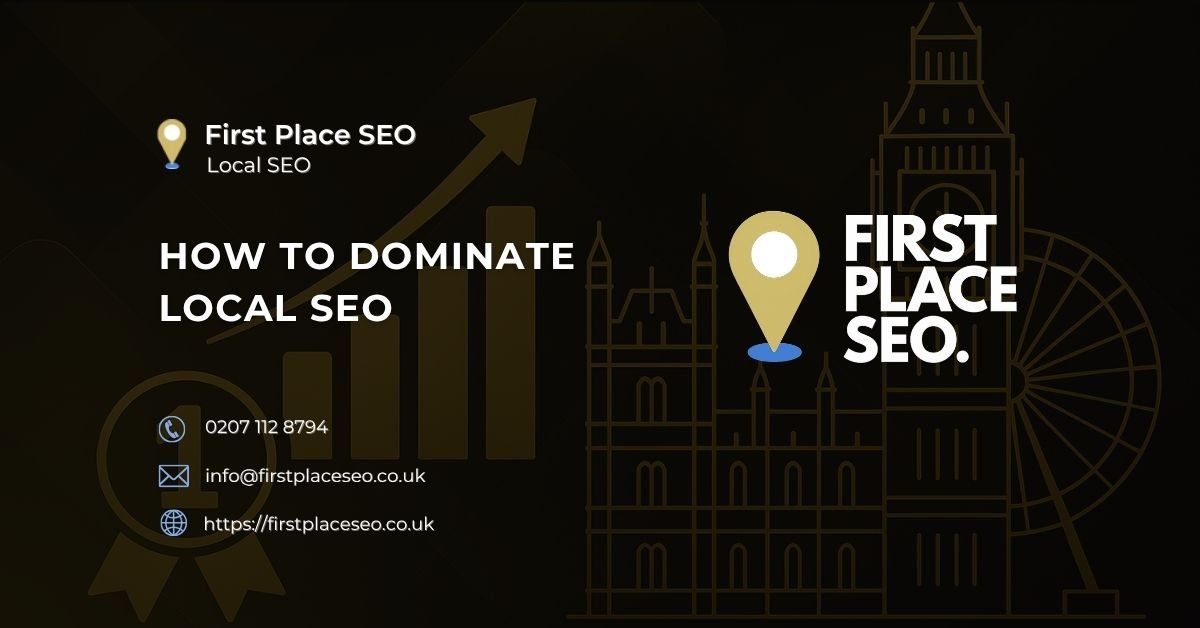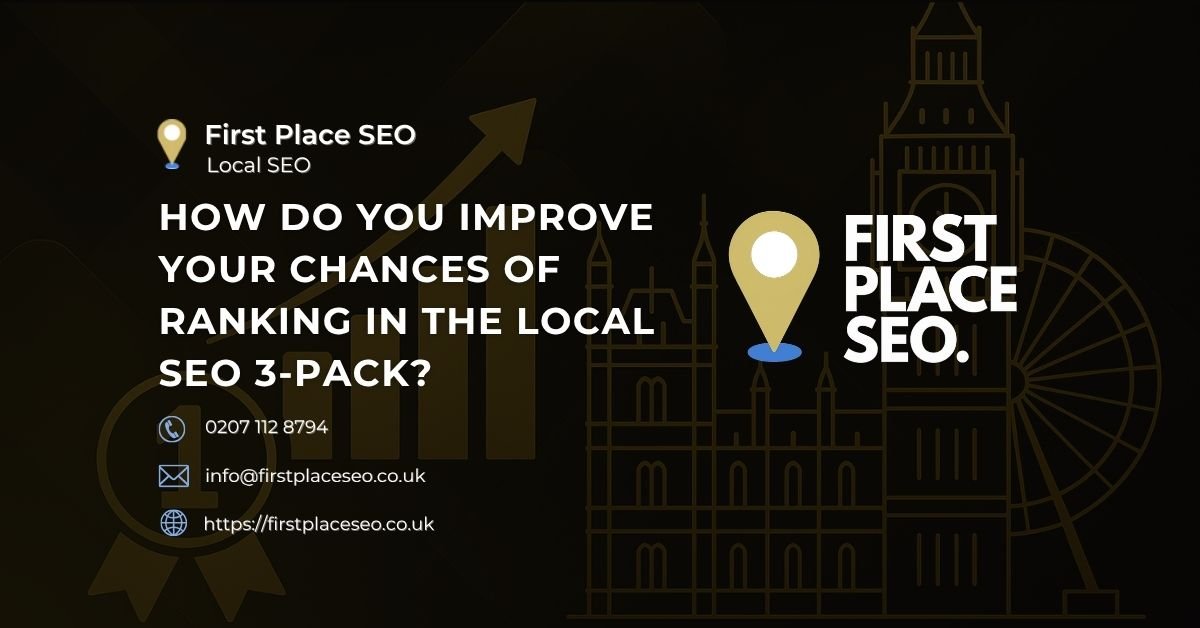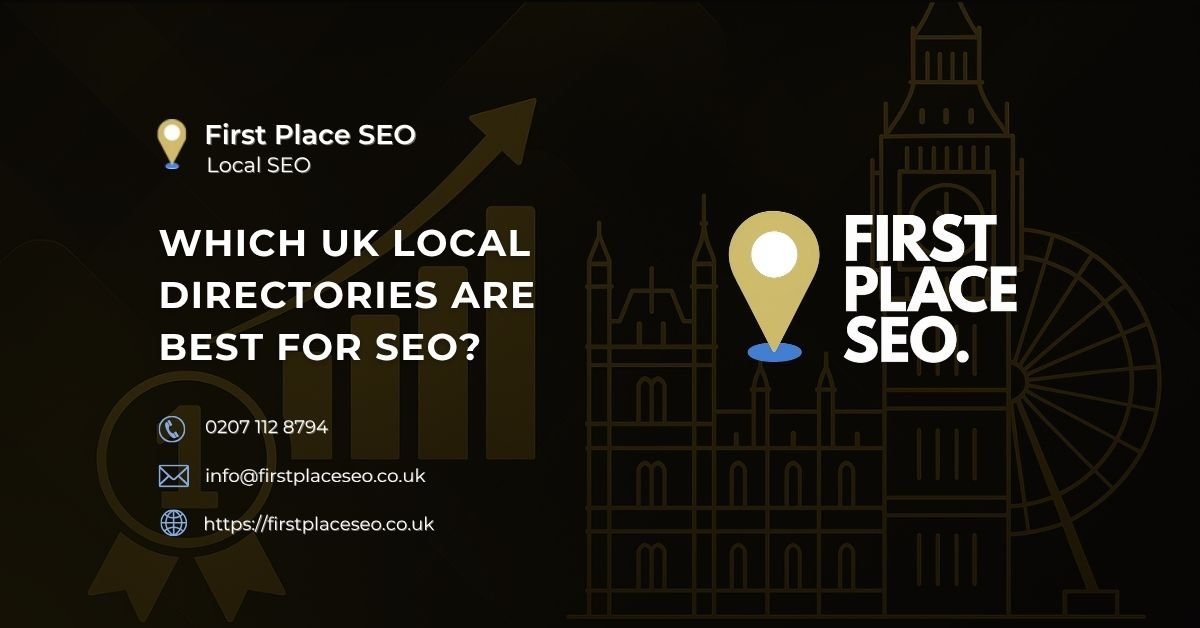How Can You Optimise Pictures for Local SEO
As a seasoned SEO professional that has worked in London for nearly three decades I always advocate optimised photos and images no matter the format. Images of course make your website unique and stand out from the crowd. However too many or not properly optimised images can negatively affect website performance and search engine rankings. As such I am going to tell you how you can provide a better website experience. with my approach to image optimisation for local SEO that has proven to lead to faster loading times, a better UX and improved search rankings.
Is Image Optimisation Important?
Yes image optimisation is really important even if you lazy load images! By optimising images you are taking that extra step a lot of people neglect and making sure your site runs and ranks well in search results. For a small website on a shared hosting plan with less resources to pull for a quick loading time getting this right can make a real difference.
Three Reasons Why Optimising Website Images Is Important
- An Improved User Experience: It is common sense that when images load quickly, visitors are more likely to stay on your site for longer and have a look around. Remember time obligates the buyer so they are also more likely to convert and/or make a purchase.. Big unoptimised images will slow down your site and can cause jarring of the webpage load or leave placeholders blank while the image is loading. This will only serve to frustrate users and lead them to click back to the Google search to look for a competitors site that loads faster and serves their search intent..
- Showing Up On Google Image Search: Google uses image metadata like alt text and file names in order to understand what the image is of and about. If you optimise the image meta then you are doing all you can to help the search engine to better index your content by making it more likely to appear in the image search results and get clicks organically that way as well.,
- Better Conversion Rates: A well optimised image in terms of size and quality will make your web page more visually appealing and will also serve to align with what the person is looking for. So that is an easy win win. For example, a restaurant will gain more bookings by showcasing professional photos of its dishes. On the other hand a law firm may use professional photos of its team to build trust with potential clients. Whether you are providing a service or a product people want to see images as reassurance that your not a fly by night organisation.
My Magic Sauce Approach Optimising Images for Local SEO
Here’s the structured process I follow to optimise images for Local SEO.:
1. Always Match Your Images To The Keyword Intent
The golden rule is to always make sure that each image that is placed on a page supports the purpose of that page. So if a tree surgeon website has a page about tree removal they should include images that depict their team at work removing trees. This will make the content as a whole more relevant and in turn will help the page rank better for the keywords the page is targeting.
Tip: I like to use Google image search to look for images ranking for a given keyword and then go on to create images that align with what Google is ranking to place in my article. This helps to ensure that the visual content can compete for the chosen keywords..
2. Be Sure To Choose the Right Format and Size for Images
Whilst we need high quality imagery we need to remember a website is not print so we don’t need to overdo it with regards to image size (mb) and quality., First check to see that images do not exceed the dimensions of their container as an oversized image will definitely slow down your page load speed and is really quite unnecessary. .
- Check Image Dimensions: I can certify the Chrome Dev Tools if you want to check the rendered size of images of your site. If the rendered size is saying it is 720×402 pixels, the actual image should not really be much larger that this as it would just bloat the file size unnecessarily..
- Choose The File Format You Want: There are lots of image formats you can choose from. Each has their positives and negatives in terms of optimisation. To give you a quick low down JPEG is generally best for photographs because it will have good quality and a light weight file size. PNG is a must for images that need transparency, like logos or pictures of people. Where possible I use image optimisation plugins that will format images into WebP, WebP gives some of the best file size compression and quality to improve the loading times without compromising image quality.
Tip: WebP is generally great for performance but I recommend sticking with JPEG for a local business website as it is a format that has some of the best compatibility and is easy to use and edit.
3. Compress All Of Your Images for Faster Loading Times
Even if you resize an image using editing software like https://www.reduceimages.com/ there is usually more room to reduce their size further without losing the quality.
- Pre-Optimisation: Before uploading an image I make sure that it is properly sized and optimised in an editing tool like Photoshop. This helps me make sure the image is as efficient as possible right from the start.
- Post-Optimisation: After the initial edits, I use tools like Optimizilla to compress images some more. This reduces the file size while keeping a good standard of quality.
Tip: There are a lot of free online tools for image compression, just make sure you pick one that maintains the quality post compressions.
4. Use Descriptions and Keywords In Your File Names
The file name of an image definitely helps Google, Bing and the other search engines to understand what is in the image. Don’t upload images with a meaningless auto generated name like “IMG_001.jpg,” Instead do the following:
- Use A Descriptive Name: A photo of a web design project should be named “Dental-SEO-Web-Design-project.jpg.” This type of file description will tell the search engine what the image is about and what it is to do with the page content.
- Place a Keyword or Two: If you want to improve your SEO with images as well then definitely Include relevant keywords in the file name.
Tip: When you are writing the file name for an image always use a hyphen to separate words in file names, as-this-makes-it-easier-for-search-engines-to-read.jpg. 🙂
5. Write Clear and Relevant Alt Text
In an image you have a chance to give it meaning with Alt text (alternative text). It is a short description of an image that when used correctly will improve website accessibility and provide context to the image for search engines even if it does not load,
- Give The Image Relevance: As a matter of best SEO practices I always give an image an alt text that is both descriptive and relevant to the rest of the content on that page. For example, a security guard company might have alt text like “security guard working at corporate building in Central London”
- Use Keywords: It is helpful to include keywords in the alt text but making it relevant should always be first.
Tip: Alt text needs to be accurate and helpful to people not search engines so avoid stuffing in keywords where they don’t need to be.
How You Can Spot Image Optimisation Opportunities For Better SEO
Just like SEO, optimising images isn’t a one off task. You will need to conduct regular audits to keep your website at optimal performance. Here is how I go about finding areas for improvement:
1. Use PageSpeed Insights
Google’s PageSpeed Insights is a tool I like to use when I want to evaluate a sites performance and also get a good feel for the image optimisation. This tool will give you a easy to use and self explanatory evaluation of image performance as well as wider site performance.
- Serve Your Images in Next Gen Formats: Page Speed Insights will likely suggest using WebP to improve loading times. Definitely consider taking them up on this recommendation for sites or pages that get a lot of traffic.
- Resize Your Images: PageSpeed Insights will also tell you if you need to resize images. The sooner the better when addressing these issues.
Tip: If PageSpeed Insights does flag a sitewide element like an oversized logo for example then fixing it will slightly improve the performance across the whole website.
2. Learn from Your Competition
Work smart and look at what competitors are doing in terms of image optimisation. An on page SEO audit like Semrush’s will help you compate image optimisation between top ranking pages.
- Review File Names: Review your competitor file names and see what they are doing to optimise them for SEO and adjust your strategy if they are outranking you.
- Look at Image Count: Getting the right number of images for the amount of text on each page is important use a website plugin to help you with this in order to find the right balance again by comparing your pages to competitors.
Tip: Visit your competitors pages yourself as tools miss things a human eye won’t such as how images complement the text.
What Else Is There To Consider for Image Optimisation?
1. Use a Content Delivery Network (CDN)
Content Delivery Networks (CDN) like Cloudflare or Litespeed Cache will make a difference with regards to your images load speed, especially for people who are far from your server.
2. Monitor the Results of your Image Optimisation with Tracking Tools
After you have optimised your images track the impact it has on your site rankings and performance. Tools like SEMrush’s rank tracker and LocalViking’s GeoGrid reports are excellent for monitoring the impact so you can make more adjustments.
Tip: Also consider other on-page factors such as title tags, meta descriptions, and header tags. These should all be optimised as well as images to achieve the best results.
Final Thoughts
Optimising images can improve your website’s performance and search engine rankings so it is a good practice for local SEO. By implementing the steps on my article such as aligning images with keyword intent, choosing the correct file formats, and compressing images you’ll have another successful part to your SEO strategy.
This article has been hand written by our resident SEO Consultant Paul. We hope you enjoy human content.


